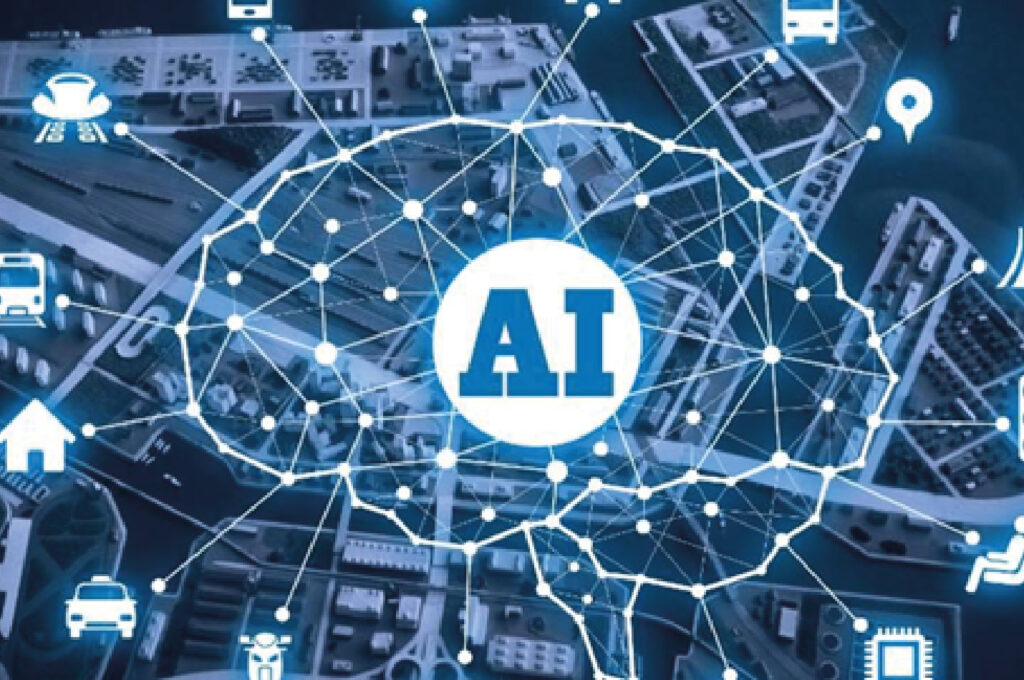Impact of Artificial Intelligence on the World

Artificial Intelligence (AI) is very demanded technology in the present world. AI is a component off computer science, which deals with the human intelligence. Through AI we can make such intelligent devices which can mimic by learning such as recognizing objects, understanding and responded to any languages, making the right decisions and solving the complex questions. Through AI we can make our work simpler. AI algorithm is designed to make the decisions, often using real-time data. The AI system has the ability to learn and adapt the skills which has been taught. AI can also improve the efficiency of the work area.
AI is very important technology for the betterment of the world. AI technology example is Alexa “the voice based search machine”, as is recognize the voice commands to perform the tasks given. It has 24/7 availability to support the user. As the live chats named “Chabot” are available in so many websites so to solve the user’s problem. So it saves a lot of time, cost. It has a very high speed. Speed is one of the major reason to exploit the artificial intelligence technology for example Microsoft Excel. To sum up the huge amount of numbers, we have to calculate one by one but in Microsoft excel the function named auto sum gives you the result in a bit. So for the speed computation artificial intelligence is one of the highlighted technology with reduced error.
Technologies like Siri, Alexa, Google assistant are the excellent example of AI. These AI Chabot’s are more advance and then from the normal Chabot’s, as they are programmed in such a way that they can answer the questions which has been asked by the user. If someone asks for a particular search etc., then these devices give the appropriate results. Machine Learning (ML) is the integral part of the technologies like Siri, Alexa, Google Assistant. Machine learning is an application of the Artificial Intelligence which focuses on the training the system to improve the ability of the machines. By feeding the data to computer system these devices become intelligent and became usable for the human.
| Purpose | Primary intent | Application | Example |
|---|---|---|---|
| Communicative | To inform | Online sales | Apple Siri |
| Customer service | Amazon Alexa | ||
| Transactional | To sell | Online sales | Twyla |
| Customer services | Cognicor | ||
| Education | To learn | Teaching assistants | IBM’s Jill Watson |
| Personalized education | Woogie the Alien | ||
| Scientific learning | Muse | ||
| Special education | Doc.ai | ||
| Parenting | |||
| Play | To entertain | Toys | Genesis Toys |
| Gaming | The OpenAI | ||
| Diagnostic | To identify | Health monitoring | Gyant |
| Medication use | jubiAI | ||
| Medical symptoms | ada | ||
| Alert systems e.g., debt | Troo.ai | ||
| Social | To connect | Music discovery | |
| Social networking | Facebook AI Research | ||
| Identity authorization | Apple FaceID | ||
| Soundhound | |||
| Administrative | To manage | Finance | Abe |
| Digital integration | Cleo | ||
| Mosaic | |||
| Behavioural | To change | Exercise | Weobot |
| Healthy eating | Health Hero | ||
| Mental health | Troo.ai | ||
| Wellbeing |
To conclude, AI has tremendous possibilities to enhance the life experiences. In general, AI systems function by consuming huge volumes of labelled training dataset, evaluating the information for connections and similarities, and then utilizing these shapes to forecast future outcomes. By examining millions of instances, a chatbot given examples of text conversations may learn to make realistic dialogues with humans, and a face recognition programmer can learn to recognize and characterize items in photographs.
By Aradhya | December 15, 2021
B.Tech (Computer Science & Engineering),
B.K. Birla Institute of Engineering and Technology, Pilani, India.